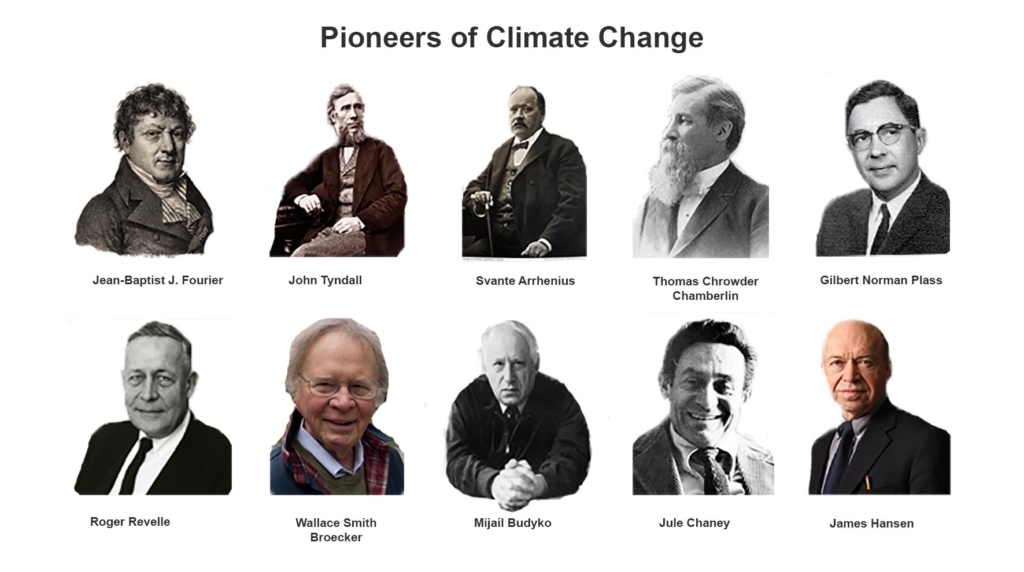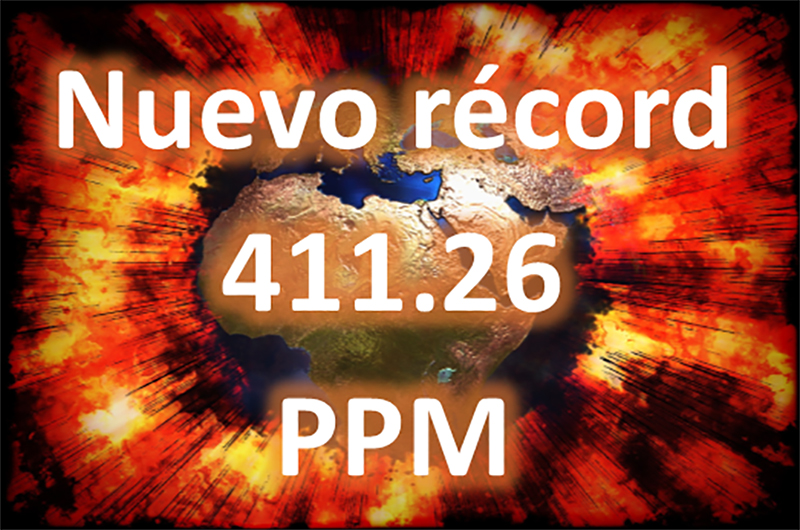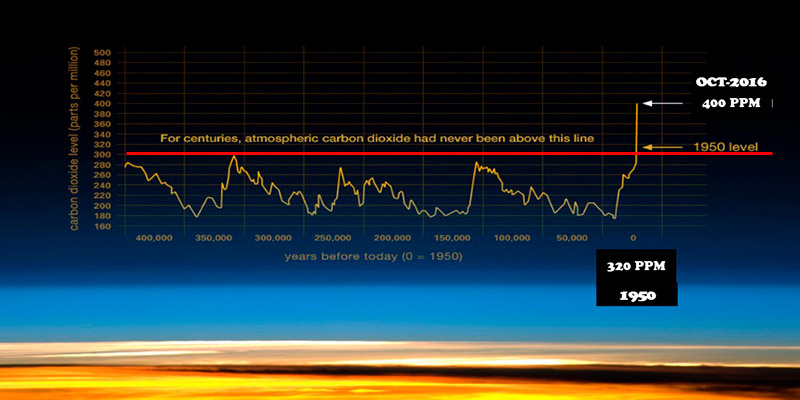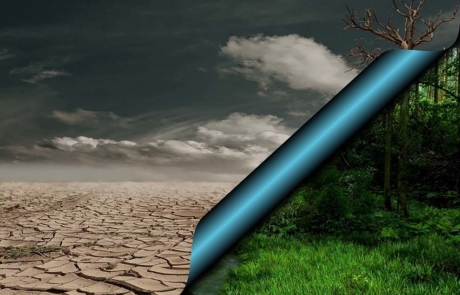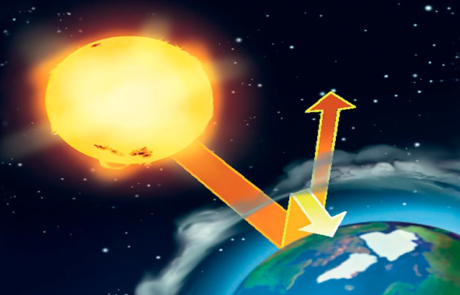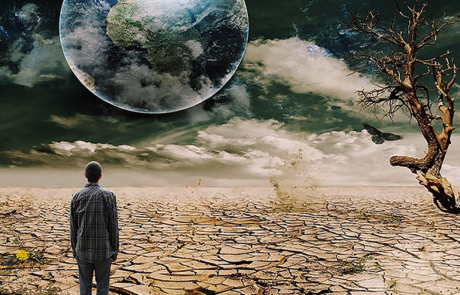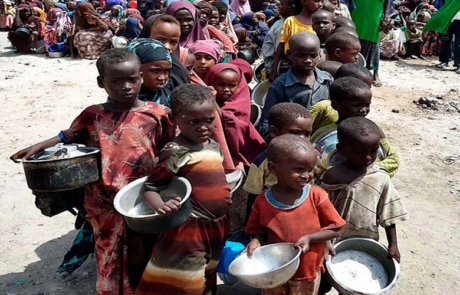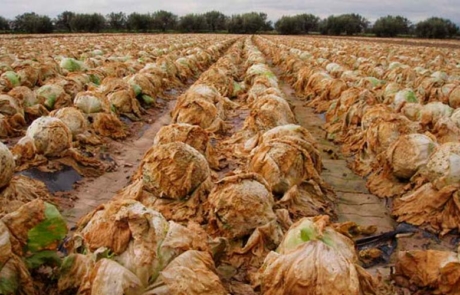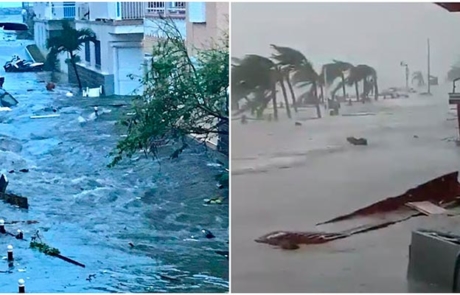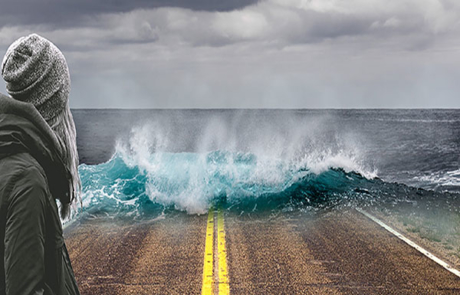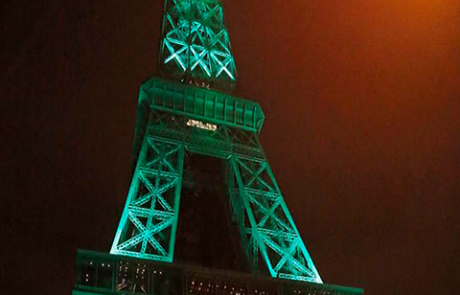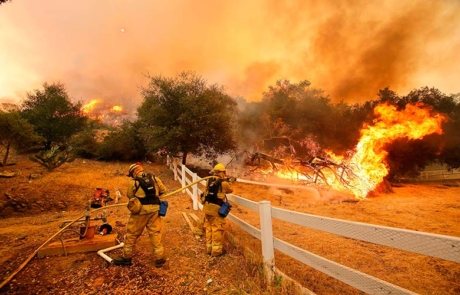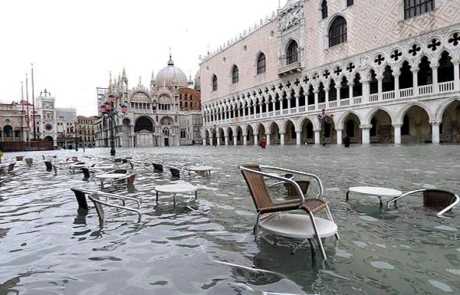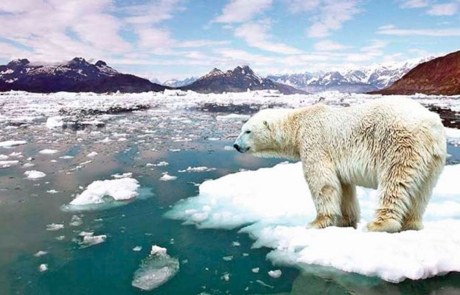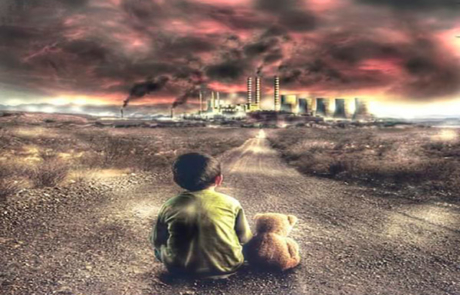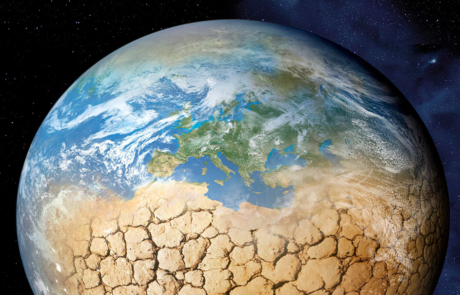FAQs about Climate Change
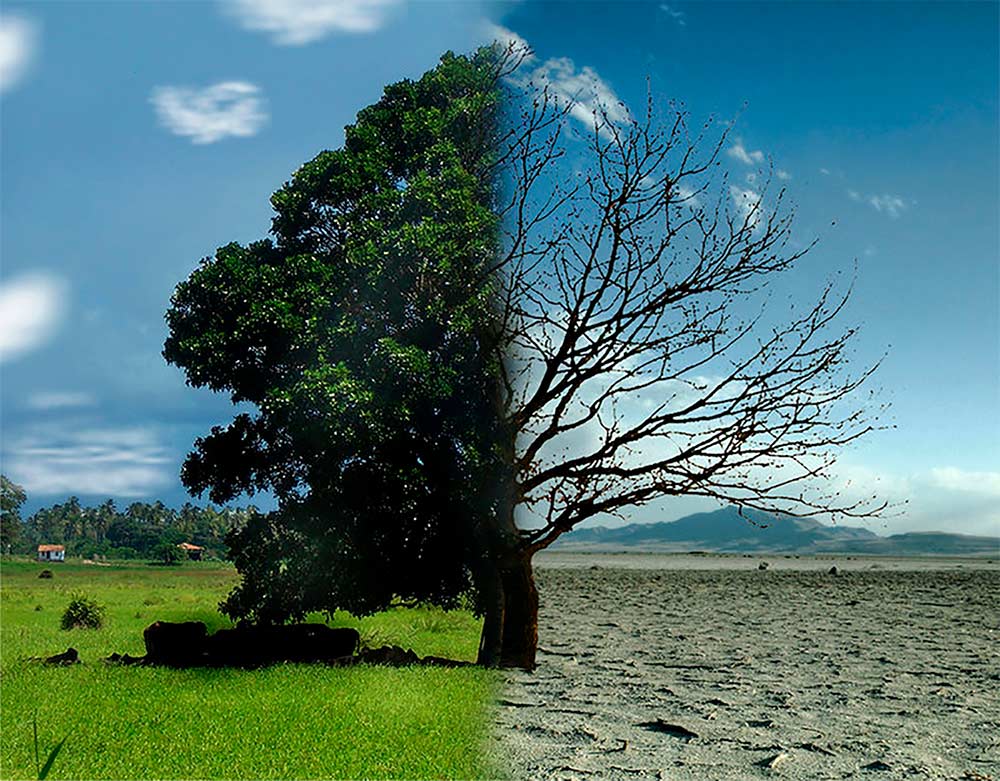
13. Is the Amazon forest in danger of disappearing?
Much of the Amazon rainforest is in danger and may even disappear in less than a century (some say in 40 years). The trees are cut down to feed the wood industry or to clear land for the sowing of agricultural products, as well as to generate spaces for livestock activity, oil and mining exploitation, construction of houses, roads, pipelines, hydroelectric dams, besides Some 30 million people live in the Amazon basin. Because of this, in the world’s largest rainforest, the destruction of forests is well advanced. Although it is recognized that since 2006, when the companies responsible for most of the Brazilian soybean trade signed a pact with several NGOs, led by Greenpeace, not to acquire soy from the affected areas, the fall in deforestation rates was considerable.
This moratorium was celebrated in the environmental media, but the euphoria was short lived, since the repeal of old laws and the approval of new ones reinitiated the felling of trees, even that of the strictly prohibited ones, increasing the destruction of the jungle since 2013, which has increased in the following years. If the Amazon jungle is depleted, we would lose its vital function of absorbing CO2, the largest component of greenhouse gases, the main cause of global warming and climate change. If to all this we add that 20% of the world’s fresh water comes from the Amazon River, it is not difficult to imagine the catastrophe that would be to extirpate the Lung of the Planet.
Other FAQs about Climate Change
1. What is climate change and what is its origin?
2. What are the causes of global warming?
3. What are the consequences of climate change?
4. Are there examples of recent climate changes on Earth?
5. Why and how much will sea level rise in the future?
6. What are glaciers, icefield and Arctic ice and why are they related to climate change?
7. Is permafrost a climatic weather bomb due to global warming?
8. How will climate change affect humans and other species in the future?
9. What is the role of mitigation, adaptation and resilience to climate change?
10. How can we lose the fight against climate change?
11. What would happen if climate change could not be stopped?
12. Why the Amazon rainforest is the lung of the world?
13. Is the Amazon forest in danger of disappearing?
14. Have we reached the Anthropocene?
Other sections of Climate Change
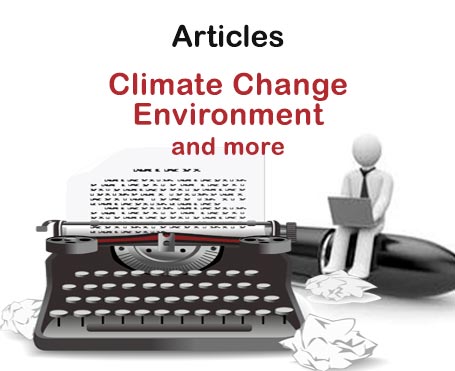
Pioneers of Climate Change
At all times and in all sciences, there have always been visionaries, those people who anticipate situations long before other persons can glimpse them. This is the case of Jean-Baptiste Joseph Fourier (1768-1830), a French mathematician and physicist, who in 1824 calculated that an object the size of the Earth and with a similar distance from the sun, it should be much colder to what our planet is really like. He affirmed that it was maintained with a temperate climate because the atmosphere retains the heat as if it were under glass. Thus, Fourier has the honor of being the first to use the greenhouse analogy…

Climate change, what is it and what are its causes?
Anthropogenic climate change is the variation of climate status attributed to human activity that alters the composition of the atmosphere and has consequences on the entire planet. The main cause of climate change is global warming caused by emissions of greenhouse gases (GHG), of anthropogenic origin, among which CO2 is the most frequent. The sources responsible for these emissions are the burning of fossil fuels such as oil, coal and gas, used mainly in industry and transport.

